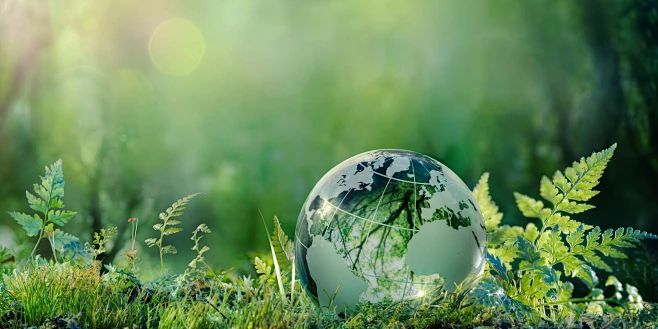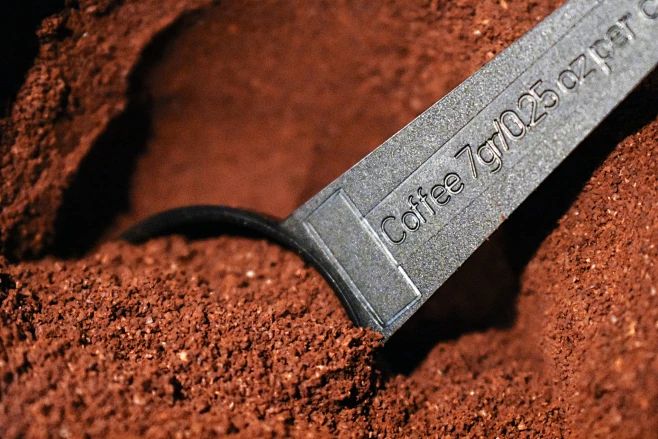Upcycling: The Green Answer to Beauty
In today’s era, environmental protection and sustainability have become hot topics around the world. The beauty industry, as an important part of the consumer goods market, is also constantly exploring how to reduce waste and reduce its impact on the environment. Against this background, the concept of upcycling has gained more and more attention in the beauty industry and has become an important force in promoting the positive circular development of the industry.
What is “Upcycling”
Upcycling, as the name suggests, is the conversion of discarded or no longer used items into higher value products. In the field of beauty, this concept is especially widely used. In the production process of traditional beauty products, a large amount of waste is often generated, such as remaining raw materials, packaging waste, etc. Through upcycling, these wastes can be reused and become raw materials for new beauty products, which not only reduces production costs but also reduces environmental burden.
Conservation, environmental protection, and reuse are all keywords for “upcycling” materials, and the upcycling of raw materials related to the beauty industry is becoming more diversified with the development of science and technology, including fruit and vegetable kitchen waste, coffee grounds, wood waste, Flower by-products and other materials that were once discarded have a second life, bringing more surprises to the industry.
For the beauty industry, “upcycling” is the process of converting by-products, discarded or useless materials into new materials. Previously, this concept was often seen in the fashion and food industries, but as consumers, brands and suppliers have become more enthusiastic about this speciality material, the production and manufacturing of the beauty industry has gradually become a more positive cycle of “upcycling”.
Extensive Use of Upgradable Materials
Let’s take a look at the specific practice of upcycling in the beauty industry. Coffee grounds, once considered a useless waste, are now taking on a new lease of life in the beauty industry. After special treatment, coffee grounds can be used to make facial masks, body scrubs and other products. Its unique aroma and exfoliating effect are deeply loved by consumers. Similarly, fruit peels and cores have also been given a new mission. Their rich antioxidants and nutrients are extracted and used to make skin care products to make the skin glow naturally.
In addition to these common wastes, beauty brands are constantly exploring more possibilities. For example, some brands recycle discarded plastic bottles to make new beauty product packaging; some use biodegradable materials to replace traditional plastics, reducing environmental pollution. These measures not only reflect the brand’s environmental awareness, but also win the recognition and support of consumers.
A Future to Look Forward to, and the Challenges of Now
Upcycling not only helps reduce waste in the beauty industry, but more importantly, it allows us to re-examine the value of resource utilization. Through innovation and technology, we can transform waste that was originally considered useless into valuable products and maximize the use of resources. This not only helps promote the sustainable development of the beauty industry, but also provides us with a new perspective on how to implement environmental protection concepts in our daily lives.
While Upcycling’s future is promising, we cannot ignore the challenges it faces:
First, cost is an important consideration. Upcycling usually requires more technical and labor investment, which may lead to increased production costs. For some small businesses, this can be an overwhelming burden. Therefore, how to reduce the cost of Upcycling and make it more feasible and economical is a problem that needs to be solved.
Secondly, market demand and consumer awareness are also one of the challenges facing Upcycling. Although more and more consumers are paying attention to environmental protection and sustainability, there are still many people who lack understanding of the concept and advantages of upcycling. Therefore, how to strengthen the publicity and education of Upcycling and improve consumer awareness and acceptance is an important task.
In addition, the regulatory and policy environment are also important factors affecting the development of Upcycling. At present, some countries and regions have introduced relevant environmental protection regulations and policies to encourage and support the development of Upcycling. However, there are still some places that lack clear regulations and policy guidance, resulting in certain restrictions on the promotion and application of Upcycling. Therefore, how to formulate and improve relevant regulations and policies to provide a better environment and support for the development of Upcycling is also a problem that needs to be solved.
The upcycling practice in the beauty industry provides us with a feasible solution and allows us to see the possibility of a harmonious symbiosis between beauty and environmental protection. With the advancement of technology and the improvement of consumers’ environmental awareness, we have reason to believe that the future beauty industry will be greener and more sustainable. Let us look forward to this day together and contribute our own strength to the bright future of the earth.







